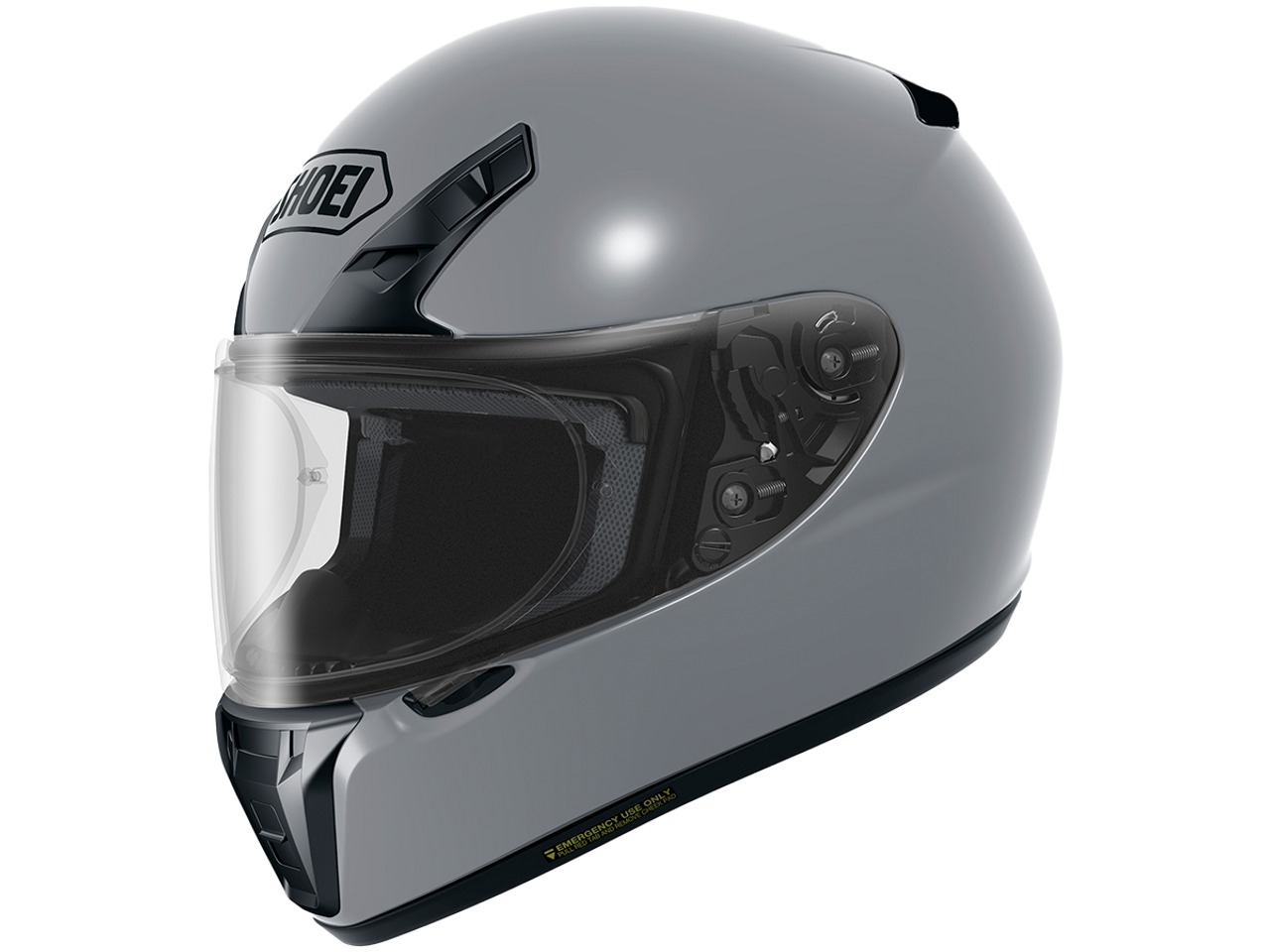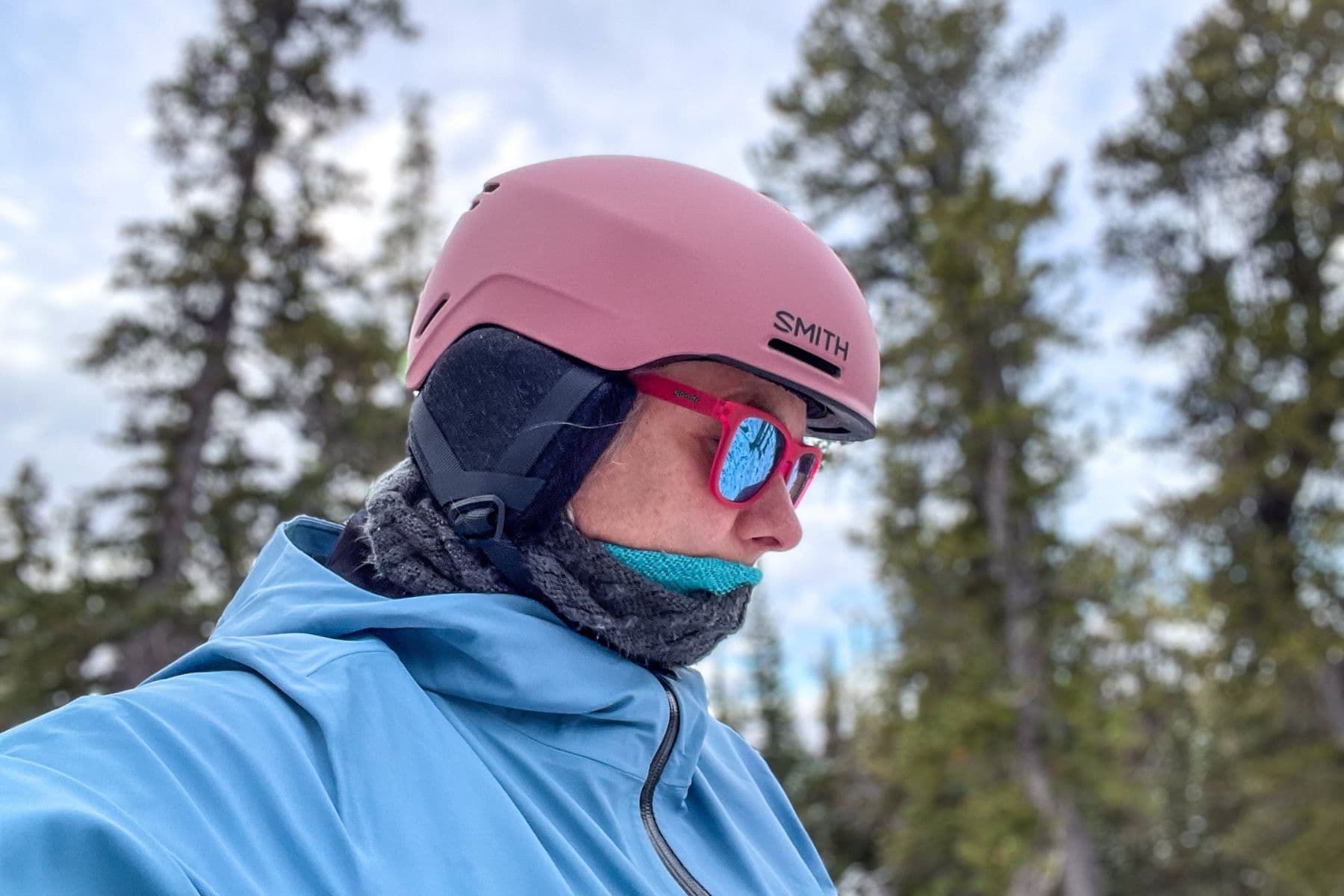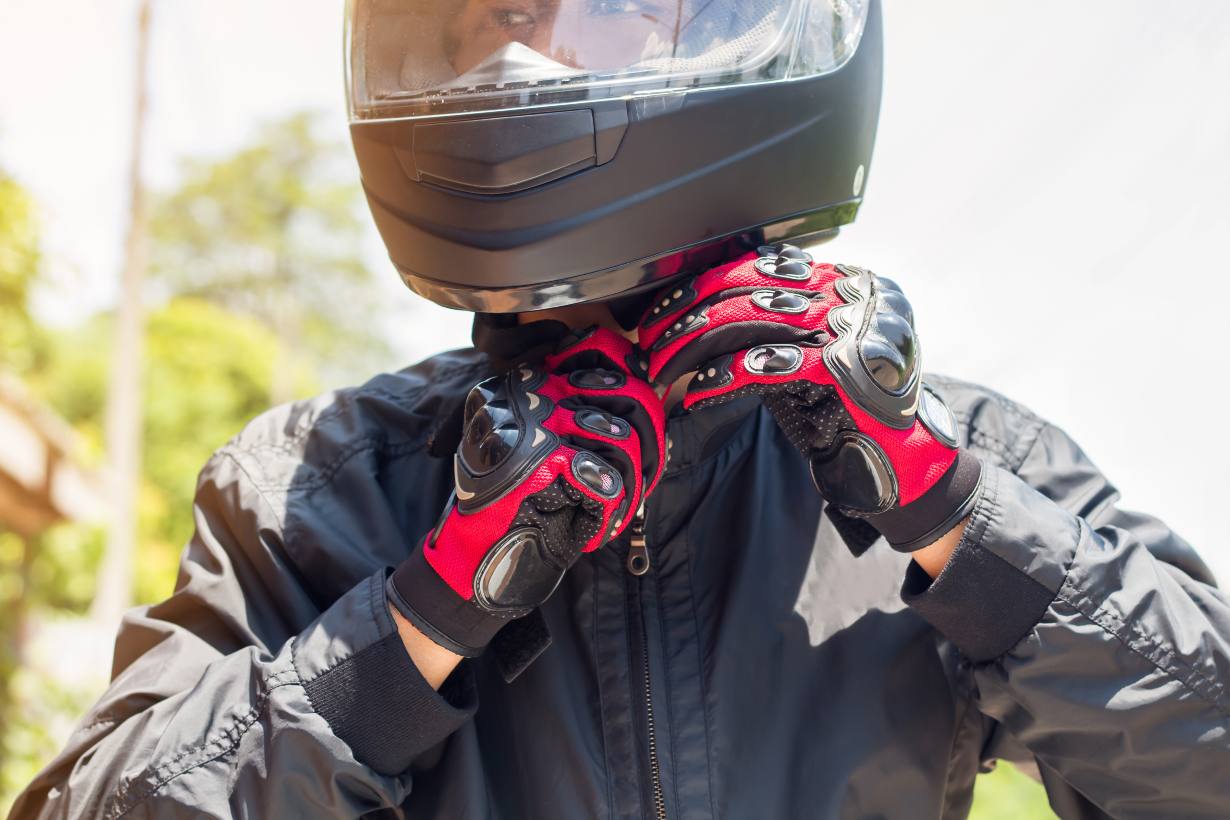When it comes to purchasing a helmet, choosing the right size and understanding the key safety features is essential. A helmet that fits well and is packed with reliable safety features can provide maximum protection and comfort.
Here’s everything you need to know to make a well-informed decision.
1. Importance of Choosing the Right Helmet Size
A helmet that’s too loose or too tight won’t offer adequate protection. A well-fitted helmet should sit snugly on your head without causing pressure points or moving around. Here’s a quick guide to finding your perfect size:
- Measure Your Head: Use a measuring tape to measure the circumference of your head about an inch above your eyebrows. Compare your measurement with the manufacturer’s size chart.
- Fit Test: Once you have the helmet on, shake your head side-to-side and up and down. The helmet should move with your head and not slide around.
- Check Strap Fit: The chin strap should be tight enough that you can fit no more than one or two fingers between your chin and the strap.
2. Key Helmet Safety Features to Look For
Not all helmets are created equal when it comes to safety features. Here’s a breakdown of the most important ones:
- Impact-Absorbing Liner: Helmets should have a thick, impact-absorbing liner, usually made of expanded polystyrene (EPS) foam. This material helps reduce the force transmitted to your head during a collision.
- Shell Material: Helmet shells can be made from polycarbonate, fiberglass, carbon fiber, or a combination of these materials. Each offers different benefits, such as durability, weight, and impact absorption.
- Multi-Directional Impact Protection System (MIPS): This technology reduces rotational forces on the brain in an angled impact. MIPS liners are usually found in premium helmets and provide an added layer of safety.
- Ventilation: Proper airflow is essential for comfort, especially if you’ll be wearing the helmet for extended periods. Look for well-placed vents to keep your head cool.
- Adjustable Fit System: Many helmets come with an adjustable fit system, allowing you to fine-tune the fit for maximum comfort and stability.
- Certification Standards: Look for helmets certified by trusted organizations like DOT (Department of Transportation), ECE (Economic Commission for Europe), or Snell. These certifications indicate that the helmet meets specific safety standards.
3. Types of Helmets and Their Unique Features
Depending on your needs, there are several helmet types, each with unique safety features:
- Full-Face Helmets: Offer the highest level of protection, covering the entire head, face, and chin.
- Open-Face Helmets: Provide protection for the top and sides of the head, but lack a chin bar.
- Modular Helmets: Feature a flip-up chin bar for versatility and convenience.
- Half Helmets: Lightweight and ventilated but offer minimal protection for the face and chin.
4. Proper Helmet Care for Longevity and Safety
A helmet’s safety features only remain effective with proper care. Here’s how to maintain your helmet:
- Clean Regularly: Use mild soap and water to clean the exterior. Avoid harsh chemicals, as they can degrade the helmet material.
- Inspect for Damage: Check your helmet after any impact or drop. Even small cracks or dents can compromise safety.
- Replace as Needed: Most manufacturers recommend replacing your helmet every 3–5 years or immediately after a significant impact, even if no visible damage is present.
5. Final Tips for Choosing the Right Helmet
- Consider Your Activity: Different sports and activities, from motorcycling to cycling or snowboarding, require specific types of helmets with specialized safety features.
- Budget for Safety: Helmets range in price, but investing in a high-quality, certified helmet can make a difference in protection and comfort.
Choosing a helmet that fits well and has the necessary safety features can significantly reduce the risk of injury. Prioritize both comfort and protection, and remember that a high-quality helmet is one of the best investments in your safety.








